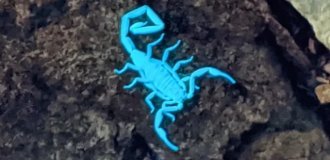Mousing: what helps foxes in catching prey in winter (7 photos + 1 video)
Mousing foxes is a separate form of art. Surely many of you have seen videos and photographs of how foxes mouse in winter. Hearing prey, red predators make a high jump and dive into the snow, trying to get to the victim. However, hearing is not the only thing that helps foxes in this matter. 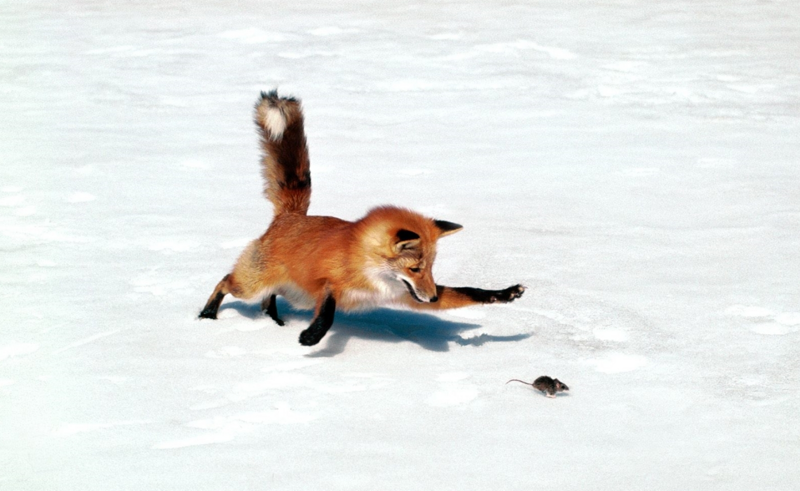
Imagine: you are a vole during winter. You are a professional paranoid. You live under cover of snow a meter deep, running away in panic at any suspicious noise. So why do foxes successfully catch you 73% of the time? 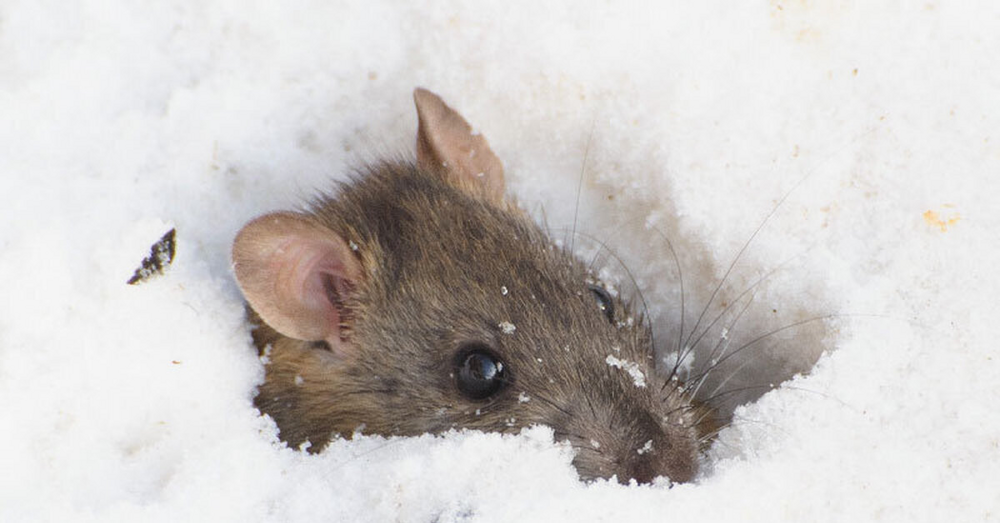
Because mouseing is an exact science! To find a mouse in the dunes of snowdrifts, the fox intelligently uses information from its senses and makes complex calculations. First of all, the predator relies on the brain and sense of smell. Since the summer, she remembers where the smell of rodents is the most, and returns there in the winter. 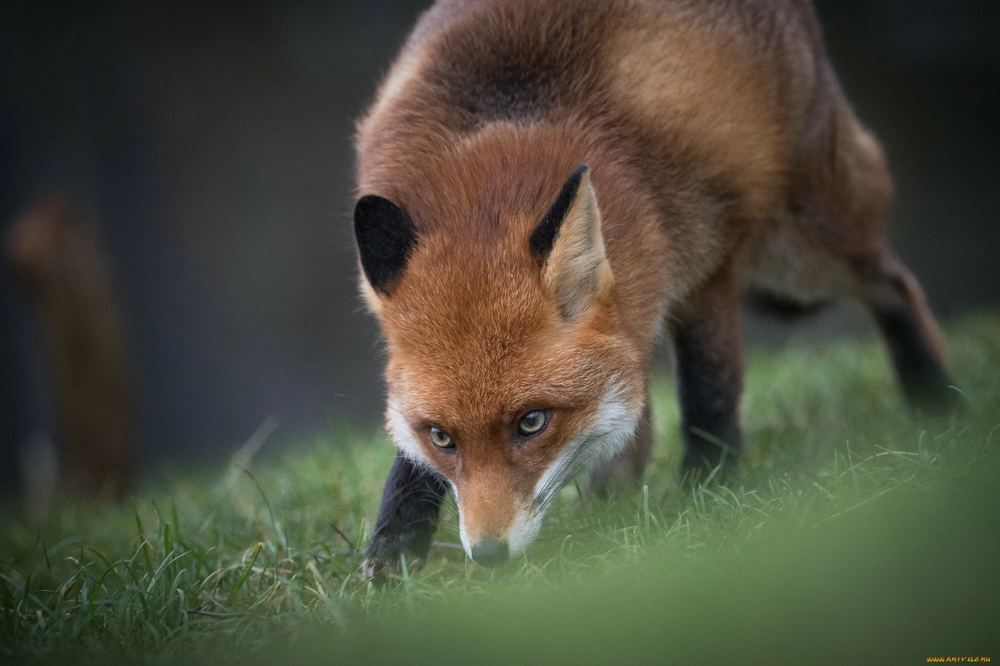
At the next stage, the predator relies on hearing. Its sharp locators are able to hear the rustling of voles a couple of tens of meters away, even through a meter-thick layer of snow. And, of course, determine the position of the prey. 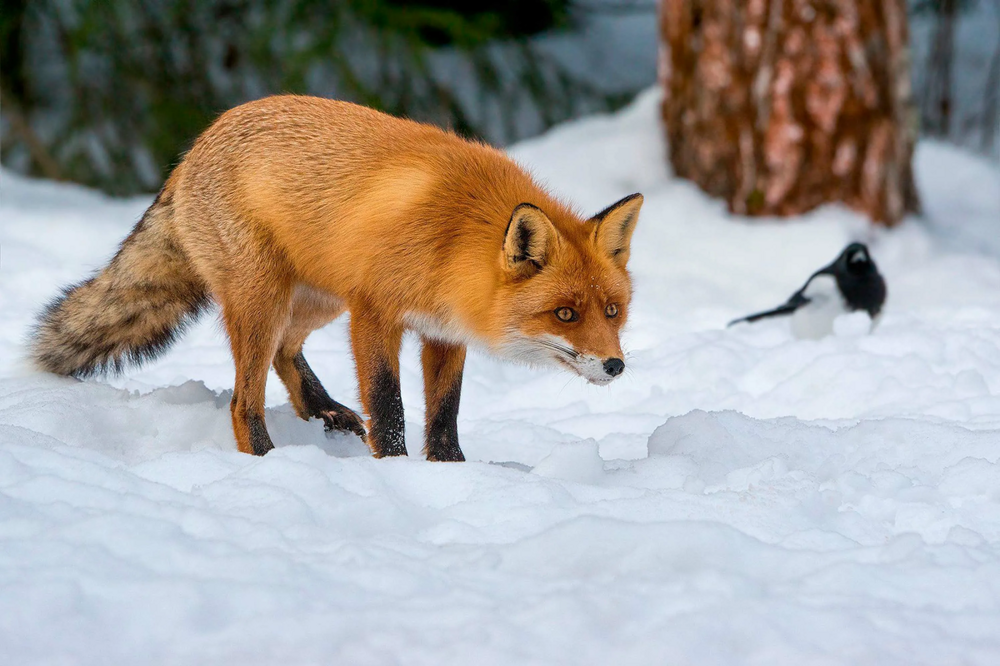
But hearing alone is not enough for an animal. When mouseing, the accuracy of the throw must be unprecedentedly high. Miss by just 5 centimeters, and the rodent will dive into the hole while you aimlessly tear apart the snow. There must be something else, a duplicate target guidance system. 
Mousing from A to Z. Pay attention to the position of the head and tail. The ears are pointed at the target, and the tail makes flight adjustments
And she was found! And by accident. In 2011, a team of scientists from the Czech Republic and Germany began tracking hunting foxes. In total, they recorded almost 600 episodes of mowing. In the vast majority of cases, local foxes came to prey from the southwest. Attempts to attack from another direction reduced the chance of a successful hunt to 15%! 
A little thought and geometric calculations led zoologists to an interesting idea: it seems that foxes are guided by the Earth’s magnetic field! Predators attack rodents strictly in the direction of the north magnetic pole. But understanding why foxes do this is half the battle. We still need to figure out why. The researchers also dealt with this.
Magnetic field lines enter the planet at a certain angle. For the regions in which the study was conducted, it is 60-70 degrees. The fox knows this angle and therefore uses the fields as a range finder. She sneaks up to the mouse until the magnetic signal overlaps with the sound one. 
Researchers give an analogy: imagine that a flashlight is tied to your belt at a certain degree. Your task is to find something noisy in the dark. So you will follow the sound until you highlight what you are looking for with a flashlight. The fox doesn't have a flashlight, but he does have magnetic fields that he can sense. Therefore, only luck or an incredible reaction can save a rodent from death.









